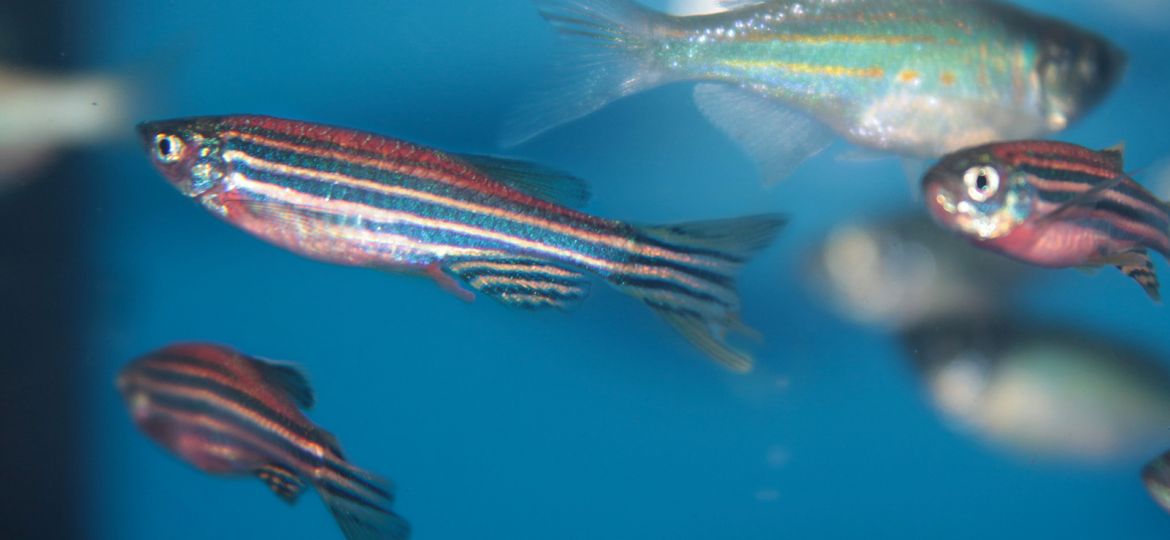
WHY THIS MATTERS IN BRIEF
- The ability to regrow, repair and replace damaged parts of our bodies using Regenerative Medicine could help humans live longer, healthier lives – and it could potentially help us live forever
One of the reasons why there are so many scientists today focusing on stem cell research is the fact that most of them know that stems cells, which are the basic cellular building blocks of life could one day help us live forever.
After all, if a part of your body degrades – whether that be because of age, disease, or wear and tear, or is damaged, say as the result of an accident, and you can repair it by regenerating the cells, organs or body parts in question then you not only have a revolutionary new form of healthcare, but more importantly, you have a way to help people live longer, healthier lives. This is the goal of a field of medicine called Regenerative Medicine.
While some kinds of human tissue can regenerate by themselves some can’t, and, unlike our distantly related Starfish and Salamander cousins, for example, we can’t yet grow limbs or appendages back. Recently though scientists have been studying another animal that has the ability to self heal and what they found was remarkable. Researchers from Duke University and the Max Planck Institute for Heart and Lung Research have found a key protein in Zebra fish that help them regenerate their spines.
The zebrafish is a common freshwater fish that can be purchased in many pet stores for around $2 per fish, so on the one hand it’s remarkable that these “quirks” of nature haven’t been observed before. The fish, unlike humans, can repair a completely severed spinal cord and to do that first the disjointed parts create a bridge, or cell projections that branch out over large gaps, nerve cells then follow this bridge and eventually repair the damage.
Researchers who observed this phenomenon then set about searching for the important genes and proteins involved and they found an intriguing protein, CTGF or Connective Tissue Growth Factor, that was only secreted by cells that formed the bridge.
When they prevented the CTGF from being coded, the fish were unable to regenerate. And since humans and zebrafish share protein coding genes, when they boosted the process using the human version of CTGF, the regeneration process was also boosted.
But as with other studies in animal regeneration, figuring out the process is the easier part of the battle. The researchers admit that mammalian bodies are far more complex, and translating the process to humans could take far more time to bring to reality. As for now though great discovery is made up of little steps and this could be one of those little steps that in ten or twenty years time help us regenerate our own poor, old bodies so I for one will be raising a glass to the Zebra fish.
















